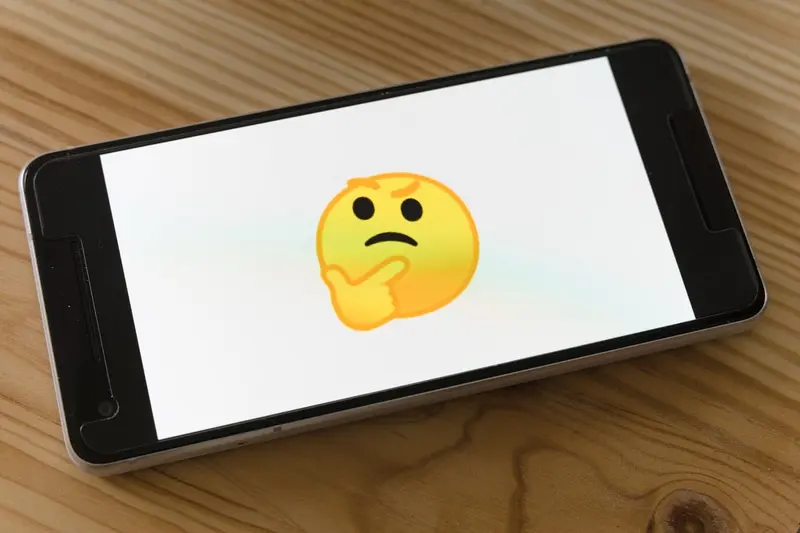Researchers from Chatham University (Pennsylvania, USA) have reported that the impact of negative online messages about work-related issues can be softened through appropriate measures. smileys .
In the 26 years since the creation of the first emojis, these symbols have gained immense popularity worldwide.
Many of us regularly use them in office emails and text messages. However, there has not been a scientific verdict on the use of emojis in work communications until now. One study from 2018 did examine the role of emojis depicting a thumbs-up and a heart. Researchers concluded that these symbols contribute to better communication in the workplace, the publication reported. Daily Mail However, a 2022 study approached the exchange of emojis among colleagues with skepticism, suggesting that this habit is characteristic of people who are not influential enough among their peers.
The team conducting the new research defended emojis and the people who use them. Emojis, for example, can play a significant role in conveying negative messages, noted Dr. Monica Riordan. In her opinion, this way of expressing emotions helps capture the subtle nuances of conversation that cannot be conveyed or are inappropriate to convey through text.

What researchers have learned
In an effort to understand the impact of emojis on negative messages in the workplace, the team conducted three experiments.
In the first 105 participants received different messages: with emojis or without them. A thumbs down symbol was used for negative messages, while applause was used for positive ones.
In the second experiment, which involved 178 participants, emoji They were replaced with GIFs that had negative or positive emotional connotations. Finally, in the third study involving 195 volunteers, the researchers assessed the impact of emojis with faces, emotional words, and punctuation marks.
During all three experiments, the researchers observed that emojis boosted the team’s morale, regardless of whether they were negative or positive.
According to researchers, the use of emoji It helped message recipients to more easily perceive the high emotional tension of the conversation. It fostered a sense of closeness among team members, thereby motivating participants to stay in the team, regardless of the valence of the signal. Researchers also noted that emojis are particularly useful for bringing together colleagues who work from home.
“Whether working remotely or face-to-face, the ability to express negative emotions appropriately is important for achieving good results,” the researchers wrote in an article for the journal Computers in Human Behavior.
By the way, as researchers from Pompeu Fabra University in Barcelona confirmed in 2018, people around the world express their feelings every day using six billion emojis.
